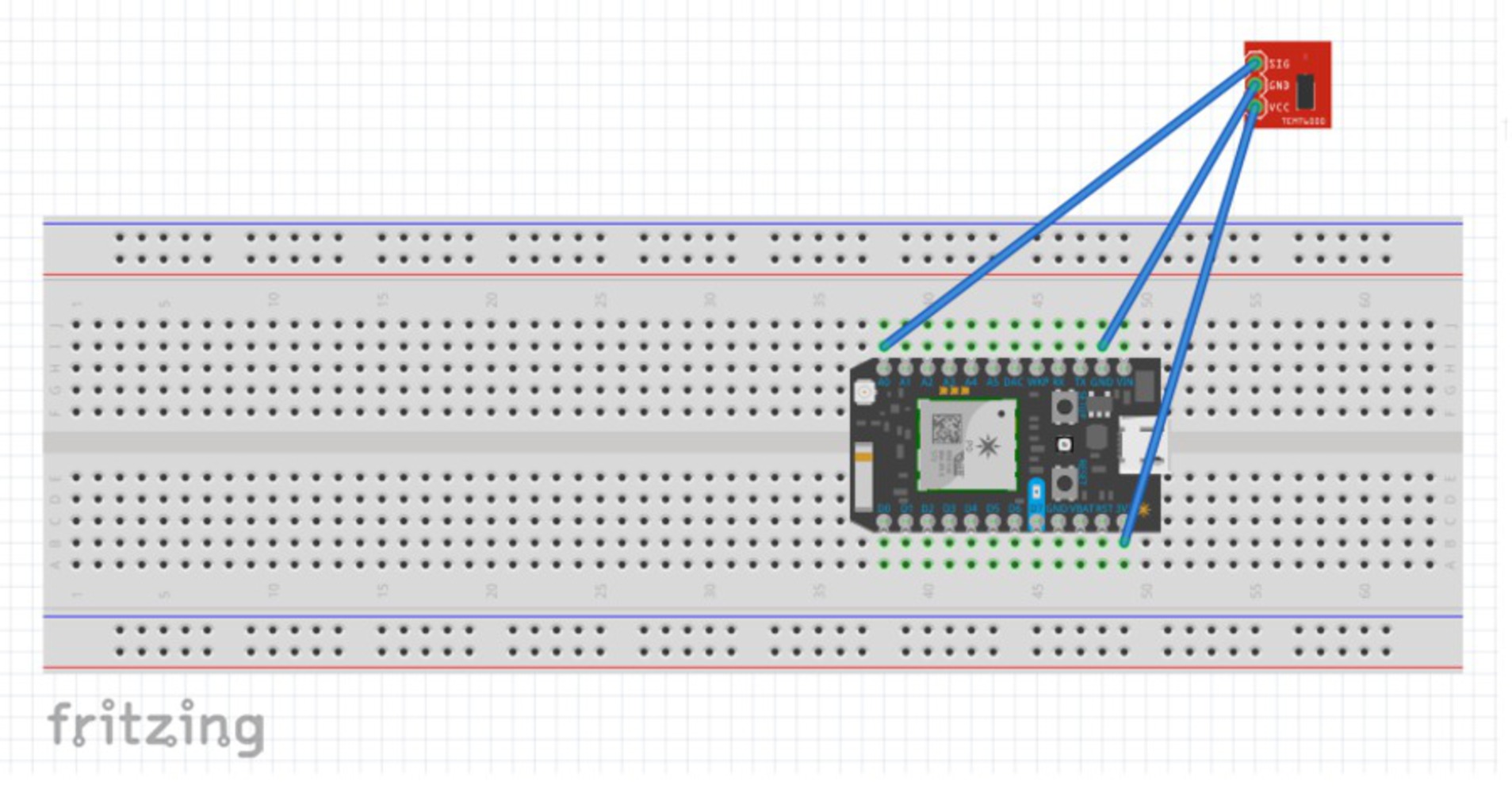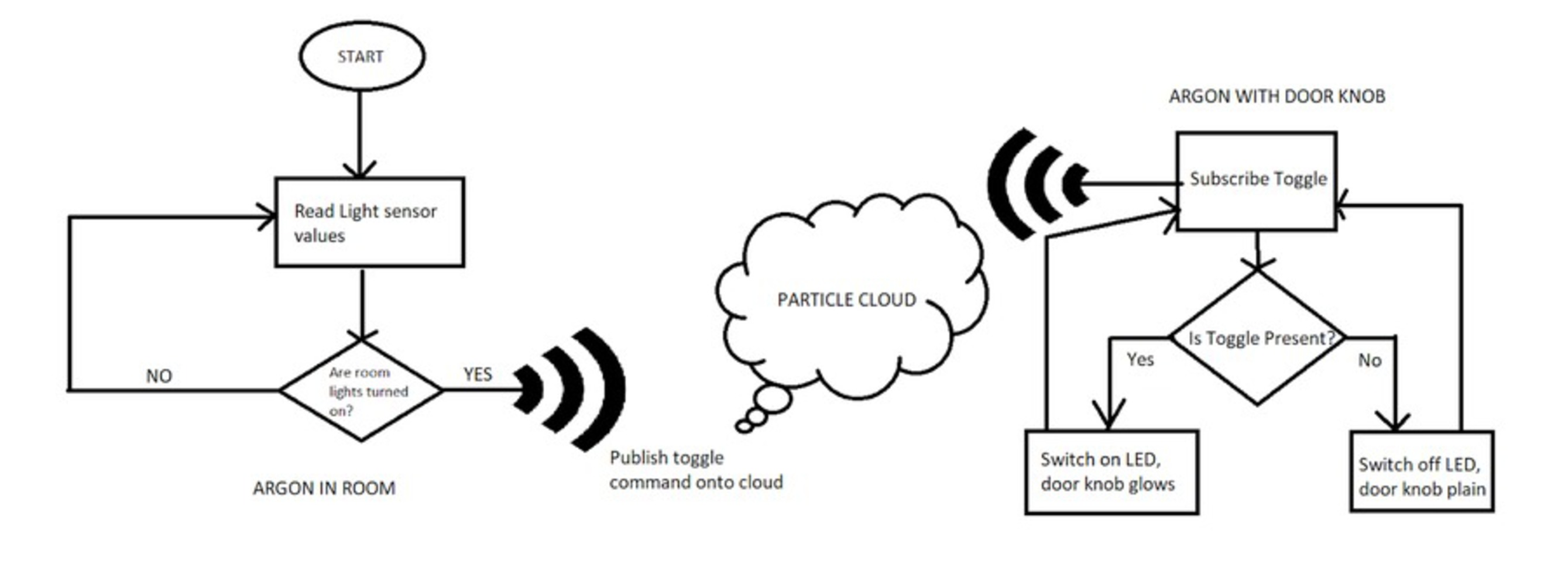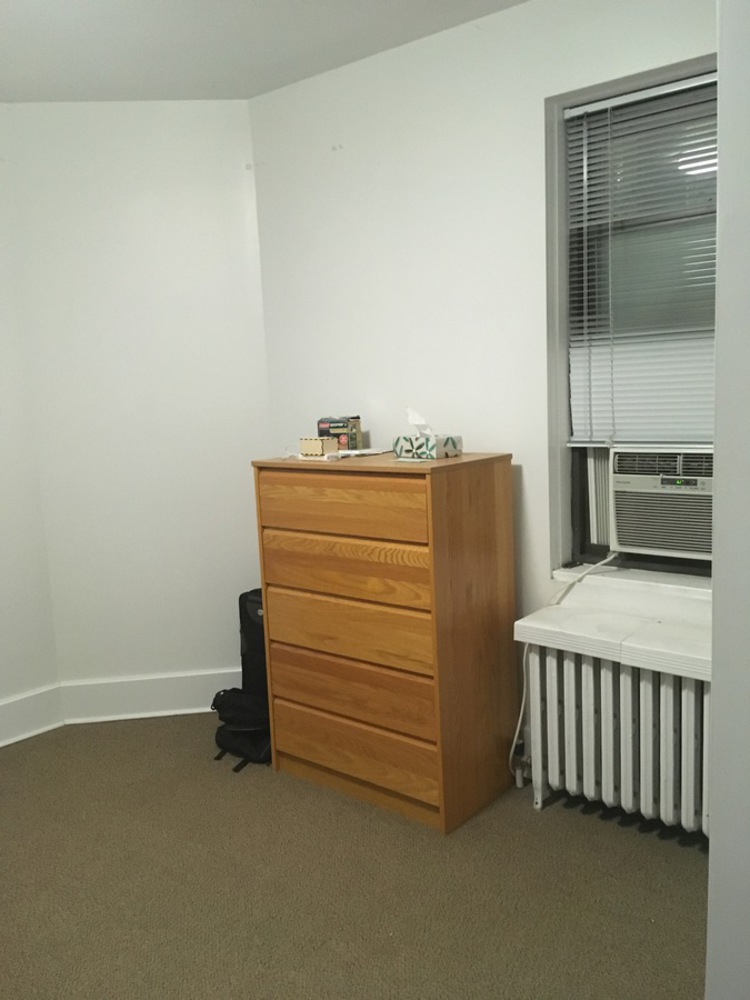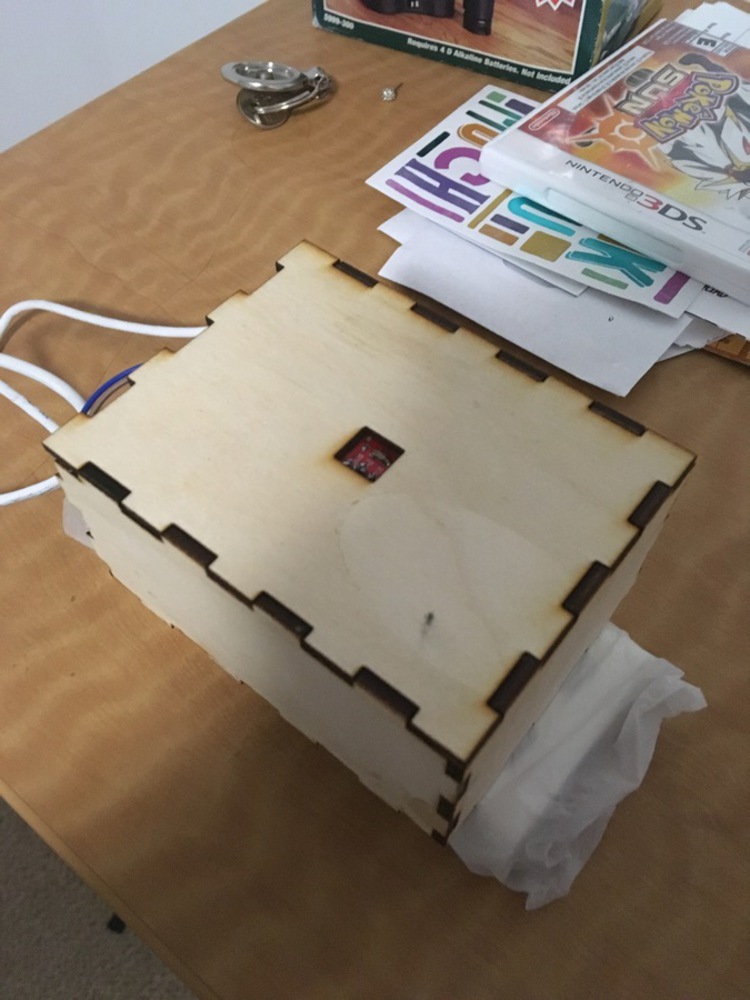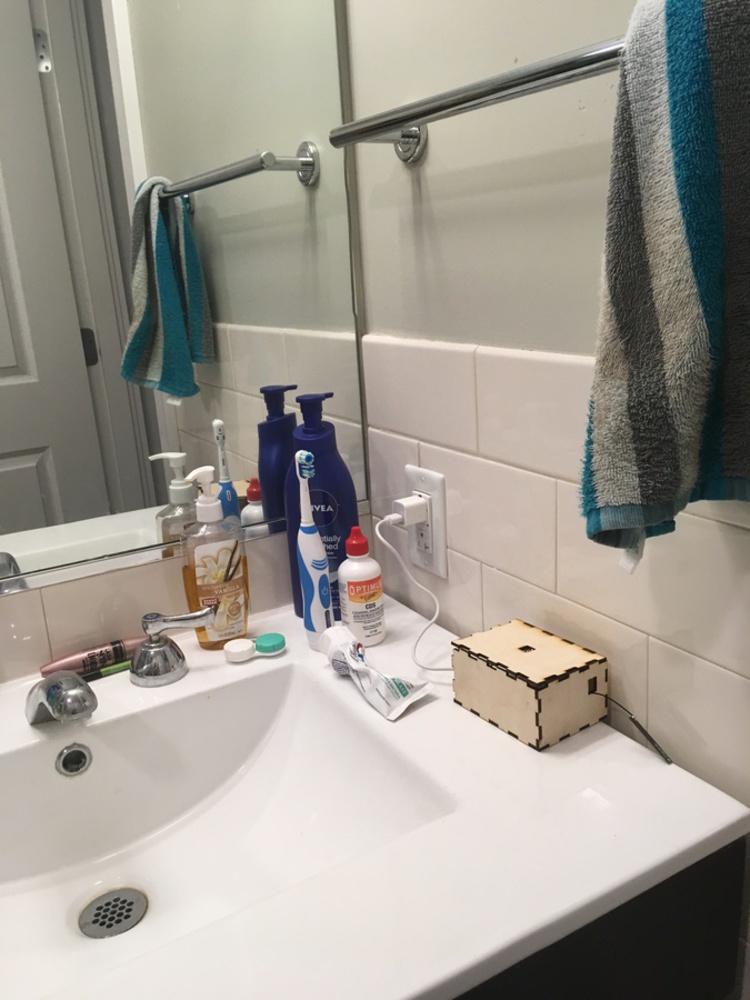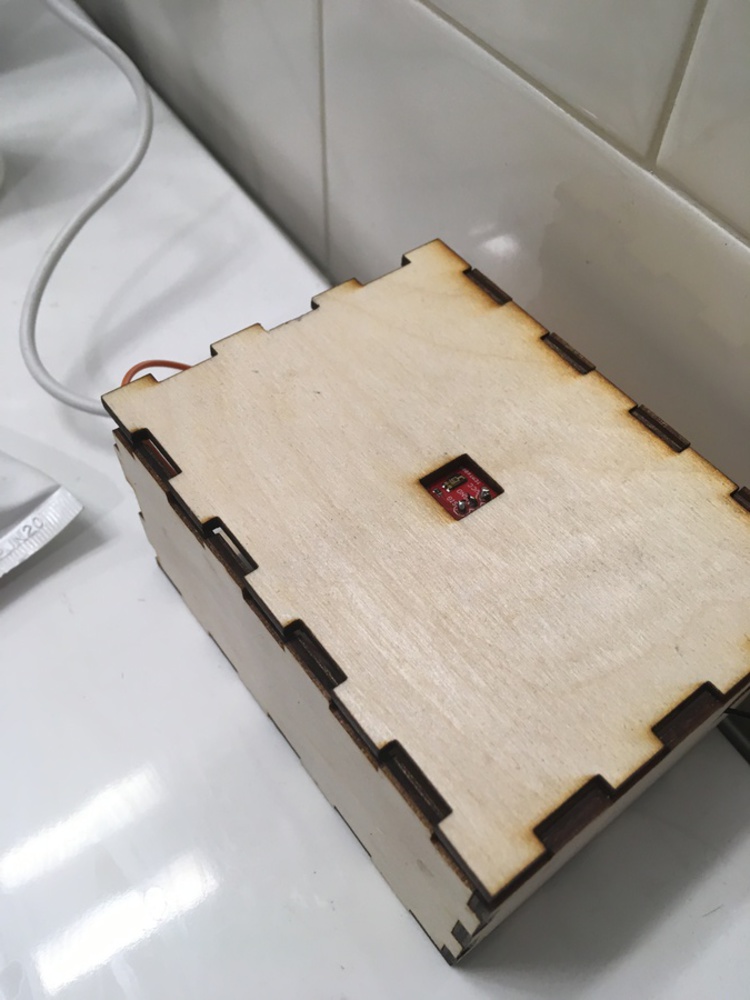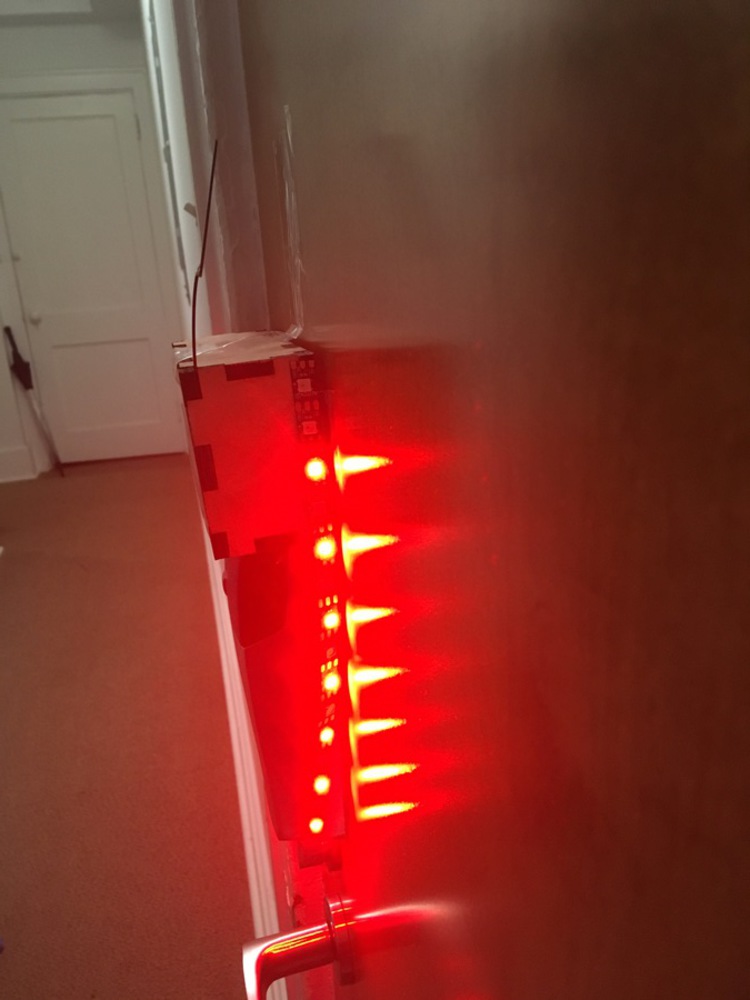Have you ever come back to your house only to realise that you had left your room lights turned on the entire time? Fear not, as we propose a smart hack that ensures that you always leave with all the lights turned off. Presenting, the SMART DOOR KNOB.
The Smart Door Knob is a personal ambient display device which can be setup in your home. It is just a simple door knob, but embedded with a strip of LED lights. The idea behind creating a smart door knob is to remind people before leaving the house that the lights in different rooms are still turned on. Thus, people are reminded about the status of their rooms without having to think twice or walk all the way back to check on it.
See video of it in action here: https://vimeo.com/362854918
